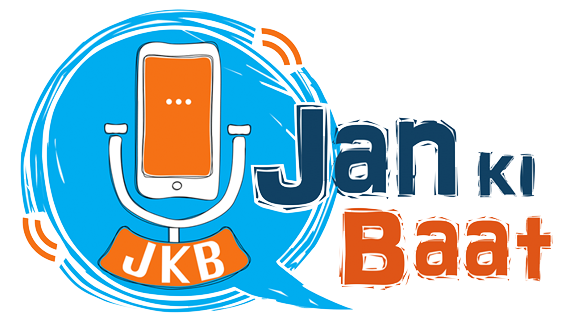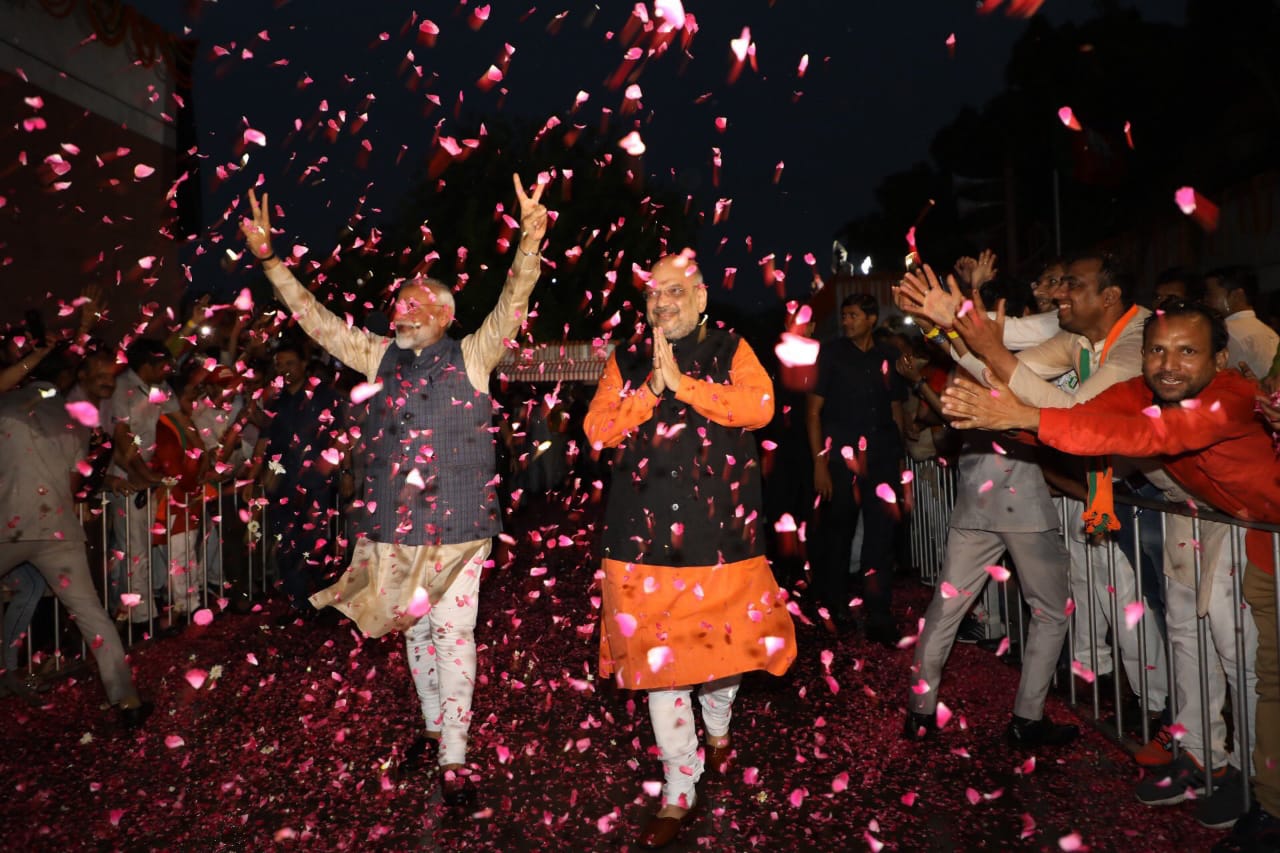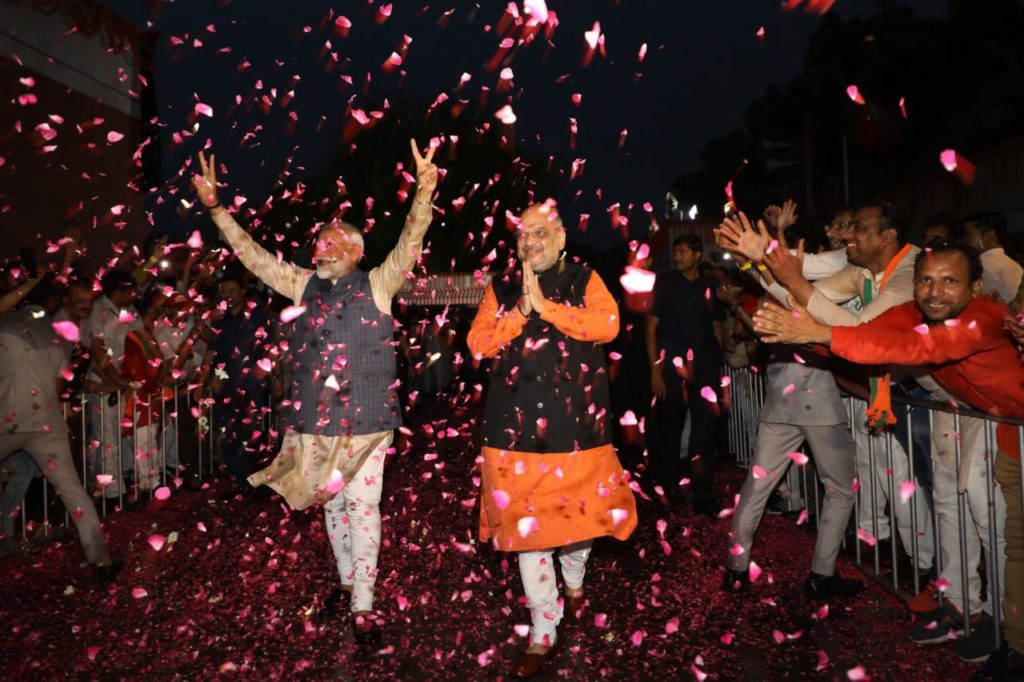
The time was April, when chatters in Delhi were about a hung verdict. I happen to be in Delhi for a day, as I was enrouting from Lucknow to Bangalore. It was a day before the release of Jan Ki Baat opinion poll, where we were projecting 300 plus for NDA.
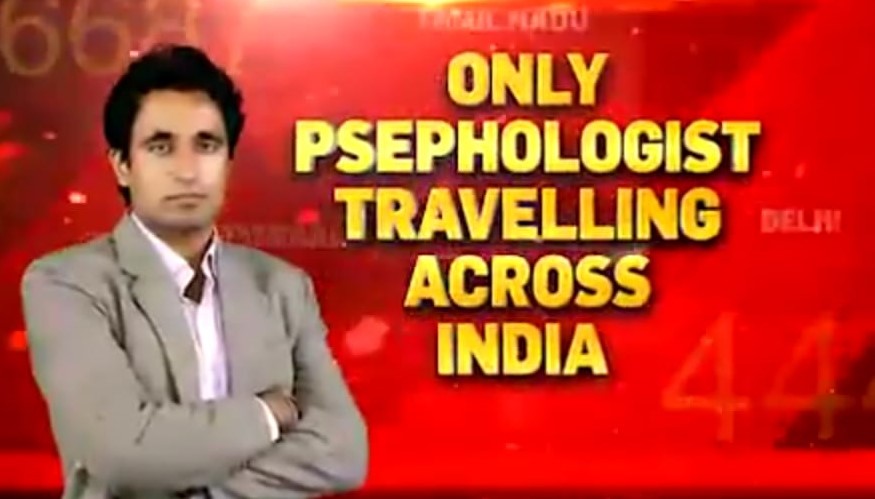
Even my 15 state travel was giving me impression of a strong pro Narendra Modi sentiment on the ground. That was also the time, when we were called “bhakts”, and abused for being the stand alone platform predicting the return of strong Narendra Modi back to power.
Modi wave 2.0 was not created after Balakot airstrike, it was a relationship built gradually with every passing day since 26 May 2014. The foundations of the relationship reflected strong personality traits, focused welfare economics, awakened hindu consciousness, and unapologetic national pride. If 2014 was a love affair of people of India with PM Narendra Modi, 2019 was a marriage. A marriage that transcended hope into trust. Traveling on the ground I witnessed innumerable instances where people recalled life changing personal development experiences across caste and religion. Weather it was SC /St/OBC or Muslim women one of every three voter I interacted was a beneficiary of Ujjawla or PM Awas Yojna or toilets under Swachh Bharat.
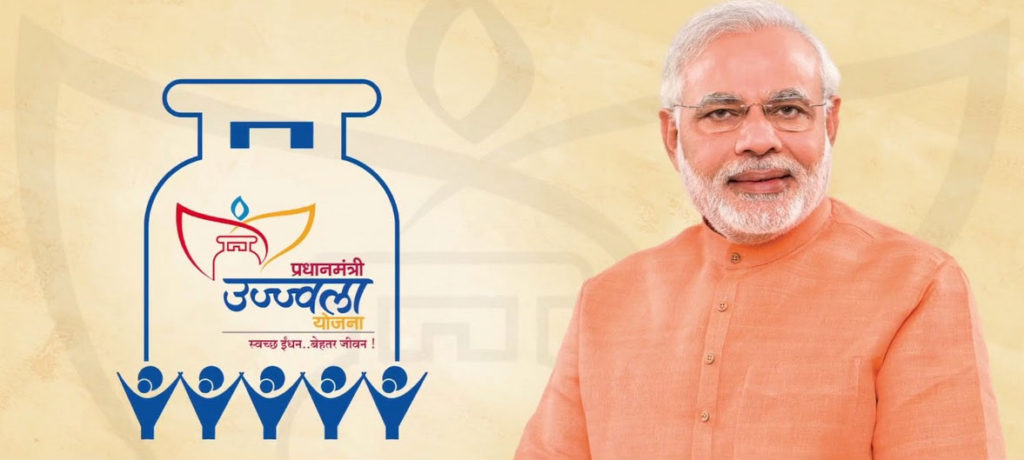
“Modi ne hame bijli di, choola diya, ghar diya ham unhe vote kyun na de?” was a pan hindi heartland sentiment that resonated among the beneficiaries. His welfare economics helped him to galvanize votes among women across caste line.
For the aspirational young indian Modi represented hope for a better and stronger India. “Modi hai na” was a prevalent feeling in aspirational young voters post the terrorist attack on the convoy. This trust was built through regular communication he had with the masses in his 5 year tenure. This also helped him overcome any candidate level disenchantment.
Women’s across caste line formed the main pillar of the New Narendra Modi voter. These voters convert close contests into easy battle. Eastern Uttar Pradesh was full of countless instances where the female spouses dissented from their male counterparts. Modi made a tangible difference in their life, not Mayawati. The chemistry of Narendra Modi with voters helped him break artihematic of the gathbandhan
Greenfield areas of Bengal, and Telangana were reverberating by an awakened Hindu consciousness. Jai Shree Ram in Bengal was not a religious slogan, it was a political slogan of freedom -freedom from violent suppression, appeasement, and lack of development. On the ground a Matua (SC community in East Bengal) in Bangaon, and a Hindi speaking Bengali in Asansol (Western part of Bengal) chanted the slogan with same zeal, and energy. It was natural for Bengal 2019 to display result trends akin to UP 2014.
The remaining numbers left to reach 300 were consolidated by the opposition which displayed attributes of an anti-national fringe. The fringe intellectualism drained any possible core vote the opposition we’re expecting to get in the Hindi heartland. This coupled with threat of unknown drifted some loyal voters away from the polling booths. Many polling booths in traditional stronghold of the opposition camp polled less. This was a catalyst over welfare economics which helped BJP win strong arithematic seats in Uttar Pradesh like Sant Kabir Nagar, Ambedkar Nagar to name few. Arithmetic took a backseat, to give way for the victory of chemistry. National narrative also helped BJP sweep Bihar, and hilly states.
Contest was only in media. An illusion created by media was of a close contest in Maharashtra, forgetting that unlike MP, Raj Maharashtra did not suffer from any state anti-incumbency. Modi factor with a popular chief minister made a near to sweep possible in Maharashtra.
Truth from the ground was that there was no other candidate competing against Narendra Modi except Narendra Modi. It was 2019 Narendra Modi challenging 2014 Narendra Modi. 2014 Narendra Modi got 90% of the seats from 60% seats, 2019 Narendra Modi expanded his reach with more people voting in more geography. The seeds for 2019 we’re sown in 2014 when the Prime Minister touched the floor of the Parliament, like he has for 2024 by bowing down to the Constitution. Modi wave was always present for me, only the voting outcome made it measurable. I am not surprised, nor should anyone who has been observing Modi brand of politics since 2014.
(Credit-This appeared first in Financial Express)
